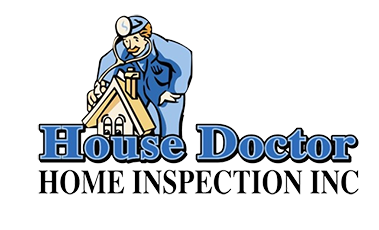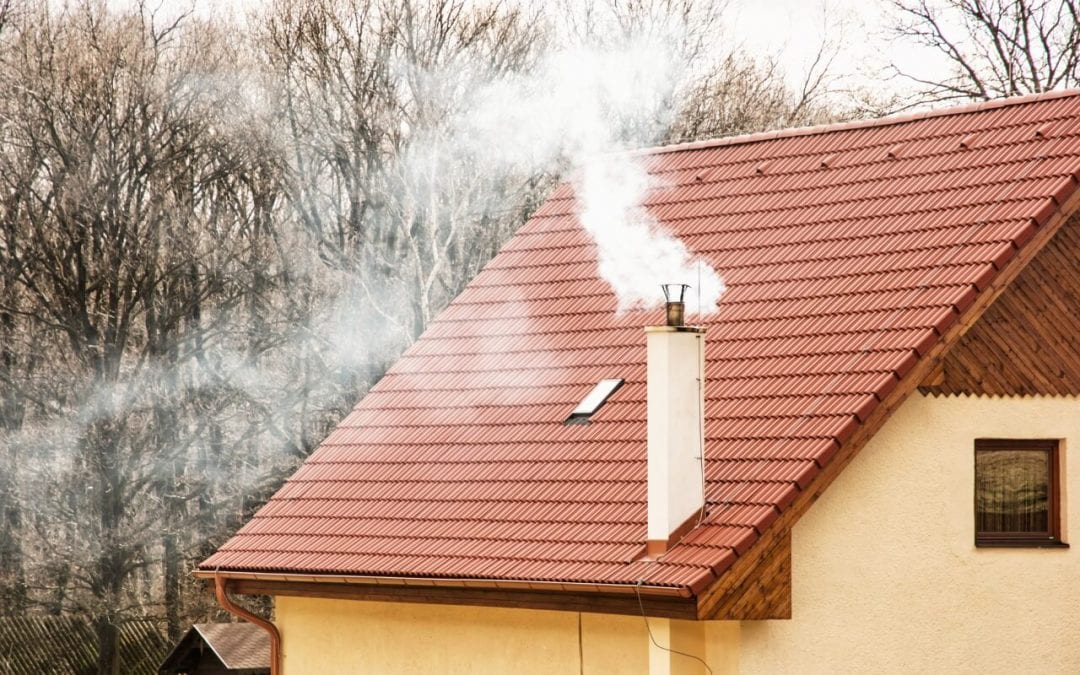The U.S. reports over 25,000 chimney fires annually. Chimney fires can destroy your property and put your life at risk. Luckily, chimney fires are preventable. Below are 5 practices you can adopt to prevent chimney fires.
Minimize Creosote Build-Up to Prevent Chimney Fires
One of the leading causes of chimney fires is creosote. Creosote is a highly flammable substance that coats chimney walls. The substance forms when by-products of fire condense as they move up the chimney. Creosote can catch fire when the temperature inside the chimney is high and the creosote build-up is thick.
To prevent chimney fires from creosote build-up, only use seasoned dry hardwood with minimum moisture content. You can test the moisture using a wood moisture meter. Also, make sure the damper is open to maintain sufficient airflow.
If your chimney’s flue liner is not insulated, it’s advisable to insulate it by casing the liner with a heat-resistant blanket. You can also pour an insulation mixture like vermiculite into the spaces between the flue liners. An insulated flue liner prevents flue temperatures from getting very cold. When flue temperatures are cool, they cause fire by-products to condense and form creosote.
Schedule a Chimney Inspection
Many causes of chimney fires, like a cracked flue liner, can’t be seen. It is essential to have a CSIA-certified chimney sweep inspect and clean your chimney, wood stove, and fireplace annually. A professional will notify you of any damage and repair it. They will also remove creosote, soot, and obstacles like bird nests.
There are various levels of chimney inspections. Consult a professional about which inspection level is suitable for your chimney and venting system.
Clean Your Chimney to Prevent Chimney Fires
When your chimney has one-eighth of an inch layer of build-up, you need to clean it. You can do this using a ladder and a chimney brush. However, it is preferable to contact a professional to clean the chimney. The cleaning process includes sweeping the chimney’s exterior, smoke shelf, the firebox, flue, and flue liner.
Set Up a Chimney Cap
A chimney cap keeps animals and debris out of the chimney and prevents back puffing. Back puffing is when smoke escaping from a fire enters a home through the chimney. Chimney caps also prevent acid rainwater from getting in the chimney, which corrodes it. Contact a professional to install a chimney cap for you.
Safe Fire Starters
Seasoned hardwood is one of the best options for fuel for your fireplace. Liquids like kerosene and gasoline are very flammable, and not a safe choice. Also, burning coal is only advisable when you have a wood stove that burns coal. Burning coal can raise the flue temperature, causing a chimney fire.
To kindle your fire, use small branches or dry twigs. Use pine cones or newspapers for tinder instead of cardboard or magazines. They have chemicals that emit toxins in the chimney when burned.
Make repairs, perform regular maintenance, and get an inspection by a professional to protect yourself from chimney fires. If you apply these prevention tips, your chimney will operate well.
House Doctor Home Inspection offers inspection services in Rhode Island. Before closing on your house, contact us to request an appointment.

